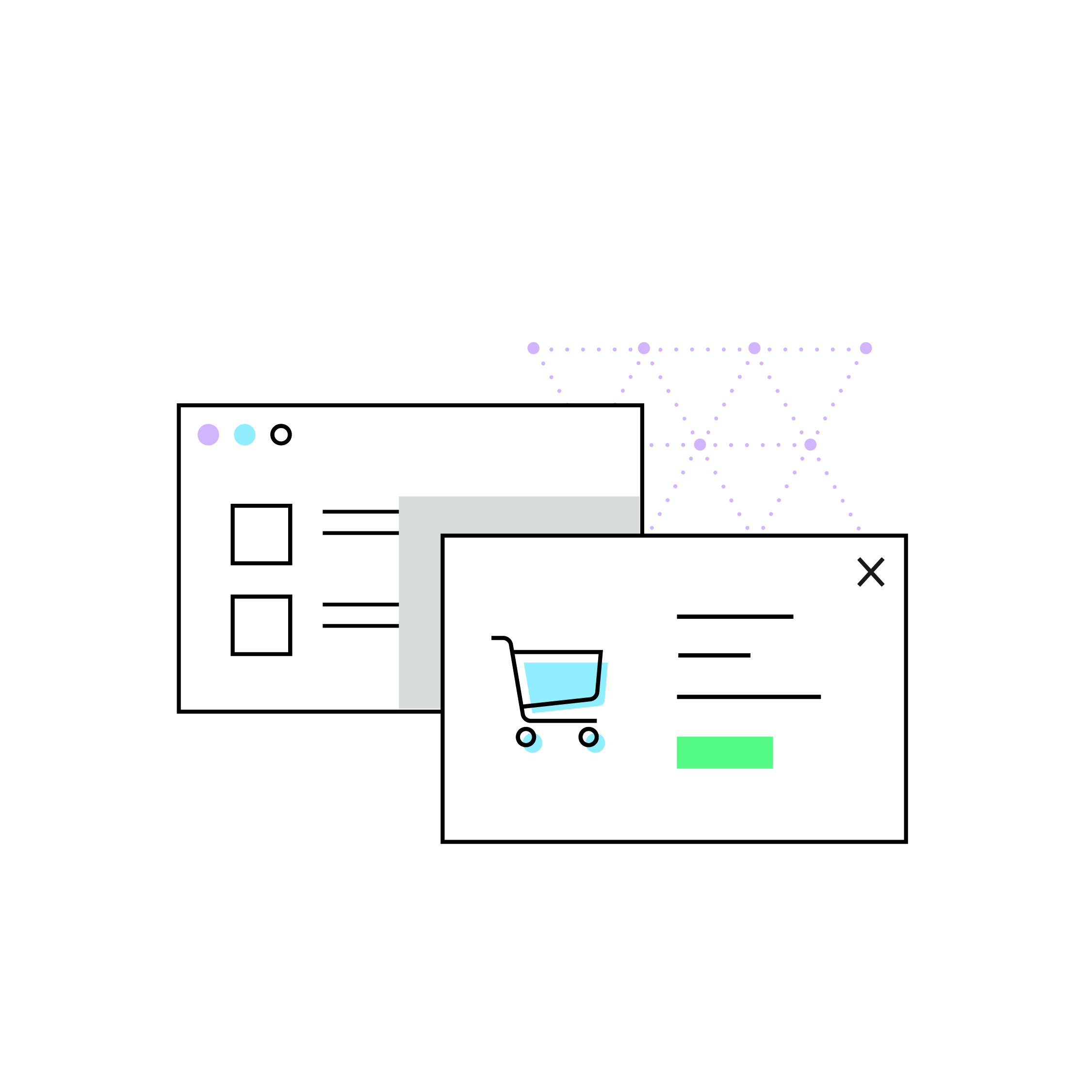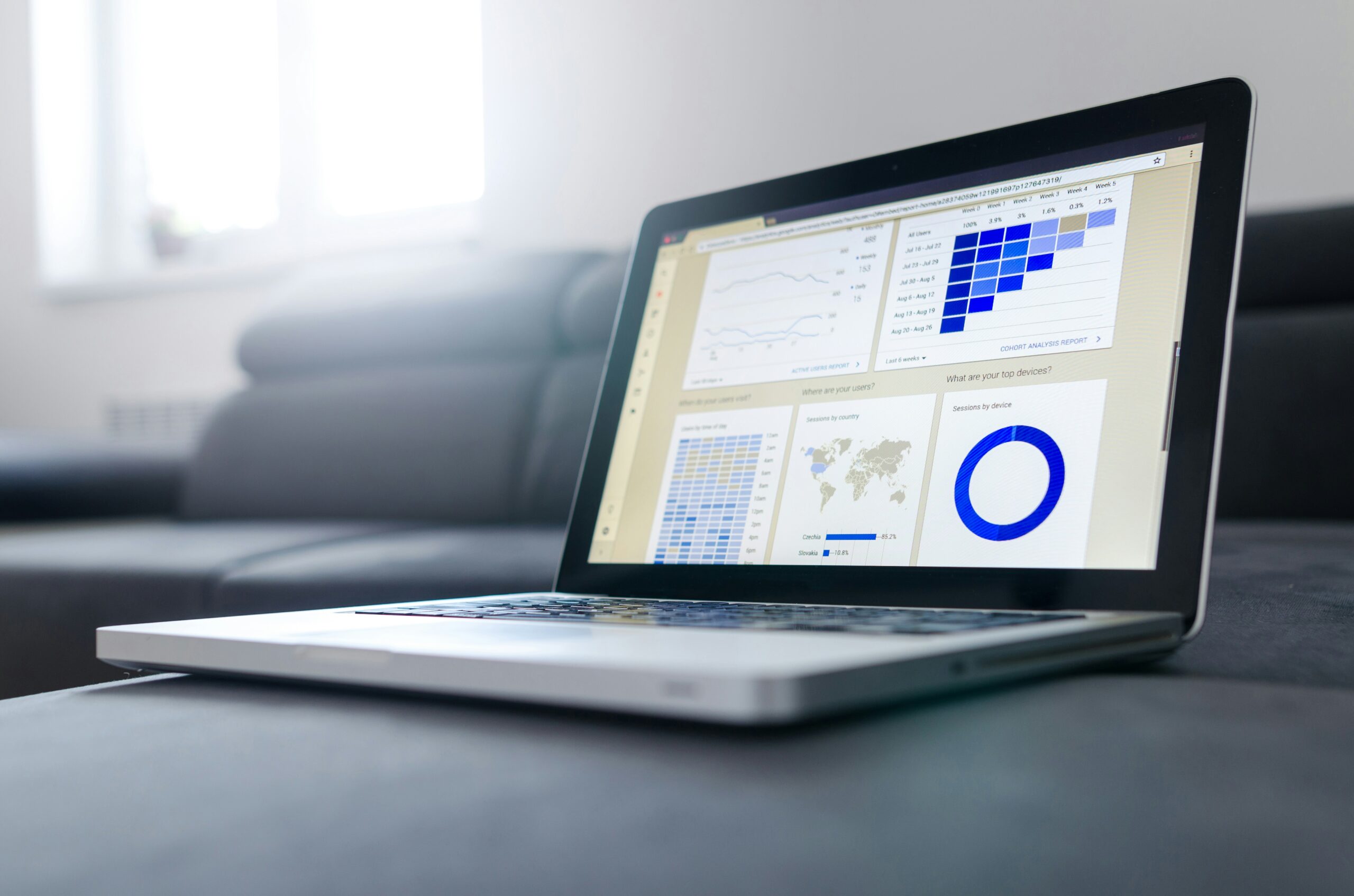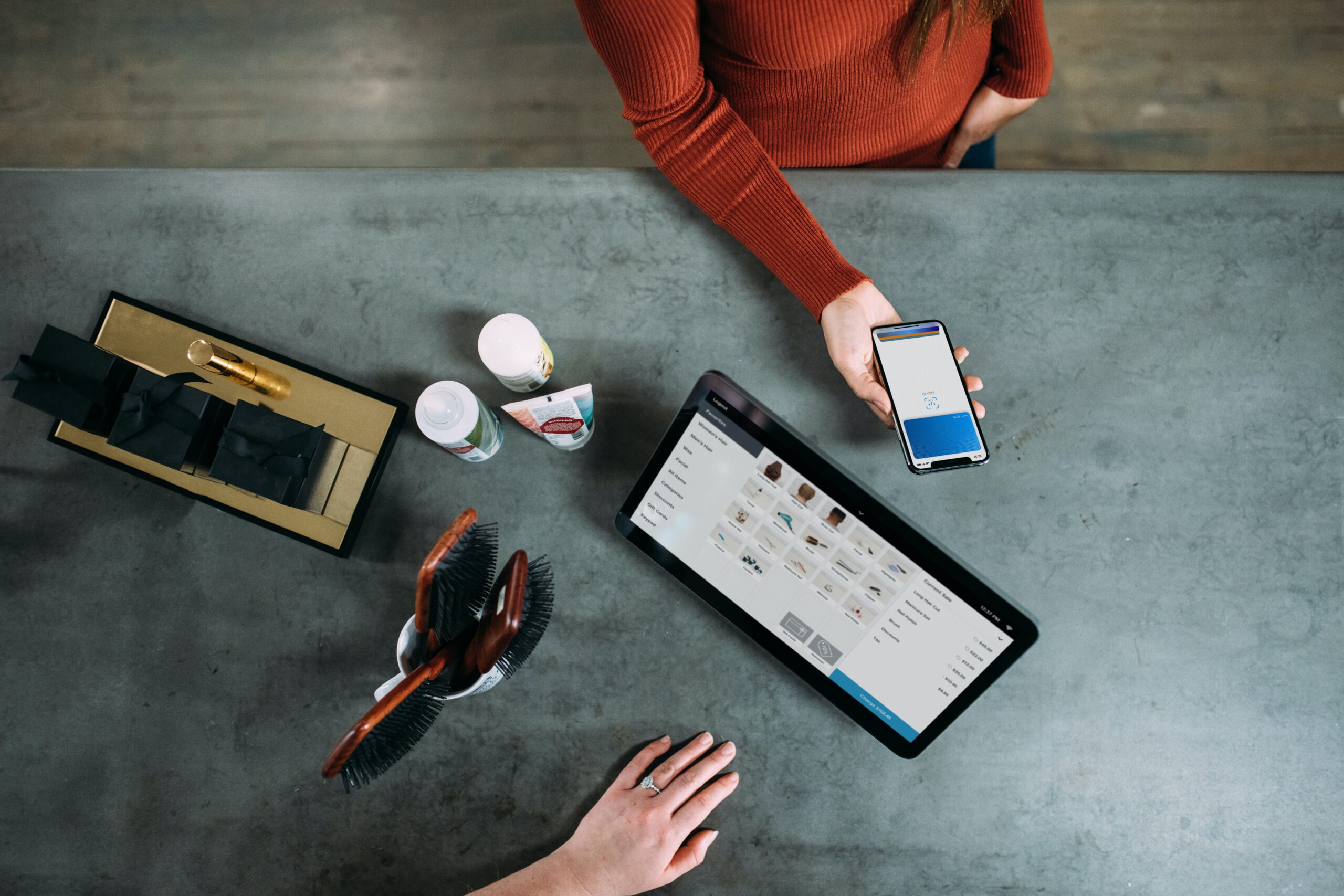Six ways to harness data for your repricing strategy
by November 1, 2023
This post is brought to you by our friends at BQool. Check the end of this post for a special offer for TaxJar blog readers. Please note: This blog was originally published in 2020. It’s since been updated for accuracy and comprehensiveness.
Hearing Amazon sellers explaining repricing strategy is a lot like listening to chess players formulating their game plan. The challenge is to focus on the activities that contribute to long-term success, while trying to stay one step ahead of competitors in a rapidly changing marketplace. Fortunately, a wealth of data is available to help sellers make smarter, more profitable decisions.
Let’s take a look at six ways Amazon sellers use data to optimize repricing strategy.
- Sales rank
First up is sales rank data which sellers use to gauge a product’s selling potential. A low sales rank (closer to 1) means the product is selling more units compared to other products. A high sales rank means the product is selling less frequently. While sellers have different strategies, in general they will order more units of a low-ranking product as they typically sell faster and generate quicker returns. They will order less of a high-ranking product to avoid the risk of having unsold units sitting in the warehouse and racking up storage fees.
Sellers evaluate sales rank again when deciding upon a repricing strategy. For low-ranking products, they can be patient and reprice higher in order to maximize profit on each unit. For high-ranking products they may have to reprice lower to stimulate sales.
- Stock levels
Sellers will often go to great lengths to find out how many units their competitors have in stock. Why? Because if the competitor is out of stock, that competitor can’t make any sales. This is why an important repricing strategy is to raise your price if you believe your competitor is about to run out. Once your competitors run out, it may take days before new units arrive. During this time you are free to sell at higher prices.
The opposite applies for you as well. You will want to carefully monitor your stock levels to ensure you remain in stock at all times. A common repricing strategy is to raise price if you are running low on inventory. You should keep an even closer eye on low sales rank products as those can sell out quickly. The challenge for sellers is to order just the right number of units to maximize profit and sales, while minimizing excess inventory.
- Identifying competitors
Each year the number of Amazon sellers continues to grow, driving up the competition. Sellers need to develop effective repricing strategies in order to win the Buy Box and increase their sales.
Amazon’s Buy Box is the convenient one-click checkout button located on each listing. It is estimated that 8 out of 10 sales go through the Buy Box. And only one seller may be the Buy Box seller at a time, so it’s important to win it. Factors such as price, fulfillment type (whether the seller is FBA or merchant fulfilled), seller feedback rating, and shipping speed are important factors in determining which seller will be in the Buy Box.
Repricing software such as BQool offers reports that display the Buy Box winner, other top competitors, selling prices, fulfillment type, and other important factors, so that you can develop an effective repricing strategy.
For example, if you are selling FBA and see that your competitors are merchant fulfilled, you can often reprice 5-10% higher than them and still win the Buy Box. Another example would be to look at the number of competing sellers. If there are a high number of sellers you may want to reprice more aggressively to win the Buy Box. If there’s less competition, then you can try to maximize profit.
- Return on investment (ROI)
It doesn’t matter how many sales you’re making. If you’re not carefully tracking ROI, you might not be making as much money as you think. Amazon sellers calculate ROI by first determining the amount of profit they make after the cost of goods and fees have been taken out. They then take the profit divided by cost of goods and multiply by 100 to get ROI. Here are two examples of ROI:
Product 1:
$15 profit/ $60 cost *100% = 25% ROI
Product 2:
$10 profit/ $10 cost *100% = 100% ROI
As you can see, while the profit is greater for product 1, the cost of goods is also much higher, which leads to a lower ROI compared to product 2. Many sellers will opt to focus on selling product 2 because it generates a better return for their capital. However, sellers may also consider product 1, if it sells quickly, is easily replenishable, and easy to pack and prep.
During repricing, many sellers use ROI to set their minimum prices (also known as price floor) to make sure they are remaining profitable on each sale. Having high ROI products is beneficial, because they allow more room to lower price if needed.
- Sales volume
Another factor sellers look for is sales volume, which is the number of units sold during a period of time. Key points to identify with sales volume are:
- your best and worst selling products
- how many units did they sell?
- when did they sell?
- what can you do to sell more?
For example, sellers often check their best-selling products during the past 30 days. This lets them know these products are the ones they should spend their time focusing on, and to use a profit maximizing strategy if possible. For products that are not selling well they can try to identify the reason: is the price too high, are there too many competitors, or is demand decreasing? If any one of these are the reason, sellers may opt to set an aggressive pricing strategy to liquidate their stock as soon as possible.
- Buy Box win rate
As mentioned earlier, winning the Buy Box is the key to increasing sales. That’s why it’s important to check up on your Buy Box win rate. BQool provides Buy Box win rate across your whole store as well as for individual products. This way you can identify which products are repricing well, and which products may need a change in repricing strategy.
Repricing frequency can also be a factor in winning the Buy Box. If you are updating price every 15 minutes, but your competitor updates hourly, then you have a greater chance of beating your competitor’s price and winning the Buy Box.
Conclusion
There are vast amounts of data available to help sellers optimize every step of the repricing process. You don’t have to analyze every bit of information, but rather look at things holistically. Are you making a reasonable return for the time and effort that you put in? If yes, that’s really what matters, as there are countless ways to succeed. Good luck and happy selling!
About the Author
BQool is a SaaS company offering great software solutions that help Amazon merchants resolve daily business challenges. The BQool suite so far consists of Repricing, Feedback, and Review Central. To learn more about BQool, please visit https://www.bqool.com/
Special Offer for TaxJar blog readers: 20% Off First Month of BQOOL
Coupon Code: VTBTUES2








